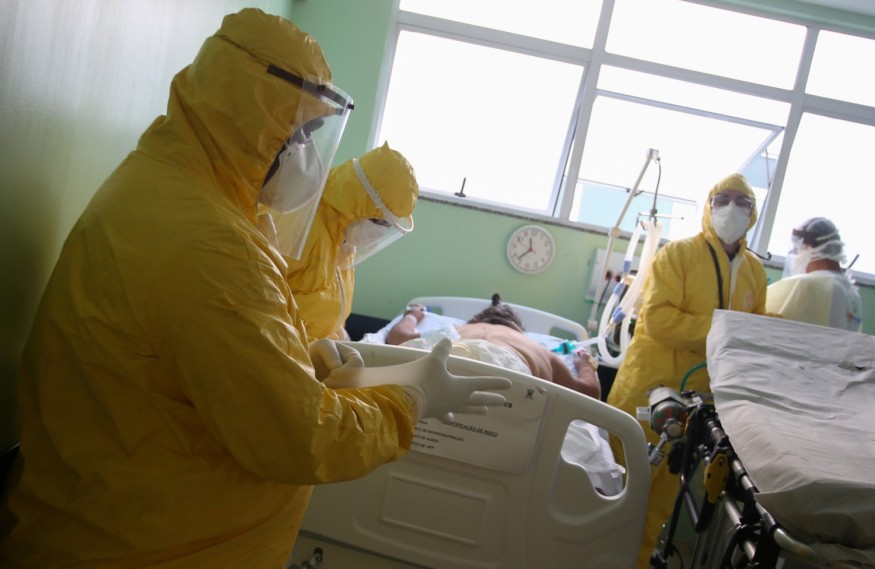What Latin America should do to Protect Itself as it Reopens Economy

It is frequently said that all things come delayed to Latin America. However, when things come, they do with retribution. For the past several years, this has been proven true, for political trends, cultural switches, and even financial crises.
This seems to be what's happening as well, with the COVID-19 pandemic. After passing through the nations it hardly hit like China, Europe, and the United States, COVID-19 is now spreading, according to recent reports, through "south of Rio Grande."
According to what the New York Times suggested recently, the options of Latin America for combating the crisis are more restricted than a lot of its counterparts in the world.
The first response of the region to the present global health crisis has been to enforce strict isolation guidelines even in towns and cities where no confirmed COVID-19 cases have been recorded and reported yet.
Simple Reopening Could Rapidly Devastate Health Systems
With a limited capacity of the hospital, not to mention the huge high-risk populaces, simply restarting could devastate the health systems fast.
Chile is an ideal example of this. Recent reports said Santiago officials were obliged to reverse course following the relaxation of their isolation guidelines, and perhaps, being overly optimistic resulted in a "spike in COVID-19 cases."
One of the reports last week indicated that more than 90 percent of ICU units in Santiago were occupied.
Then, in Sao Paulo, which the Latin Americans consider as "the home to the best hospital infrastructure" in the region, 85 percent of their ICUs are occupied.
The substitute to these two options, as the reports said, "Is to operate in a grey area" that they said, is less bad compared to the extremes although it needs a great deal of both agility and information in making such decisions.
While it may be the most difficult option the governments can take, it can be considered the right one. In this transitional situation, testing capacity and tracing program turn out to be a priority, and there is a need for the high-risk populations to be quarantined or isolated.
Considering the overcrowding in slums in the cities of Latin America, separating the elderly individuals from the other members of their household is definitely not an easy task.
But this is the right thing to do those family members can progressively leave home to either work or study.
Change Needed in the Criteria for Decision-Making
According to political experts and those who are knowledgeable about the ongoing crisis the world is experiencing because of the pandemic,
For a transitioning setting to be effective, the criteria being applied when deciding for the reopening should be changed. Instead of thinking by industry, they recommend, governments need to reopen according to region, city, or occupation.
Meaning, administrative workers from sector or industry for instance, "should be able to work remotely."
Meanwhile, in cities like Monterrey, Medellin, and Curitiba where the virus is reasonably under control, return to approaching normality is possible but as long as these places have at least, minimal contact with the world outside.
More so, residents of these places mentioned should get used to living on somewhat, an island where they are not confined within their own shelters but across the city limits, instead.
In Latin America's largest cities and other places like Manaus for one, where COVID-19 is not yet under control, restarting needs a step-by-step process.
For instance, the government can begin with jobs from which employees can work remotely, in different shifts, and without heavily depending on public transportation.
Check these out!
17-Year Old Pregnant Woman is Ecuador's First COVID-19 Case, Report Says
Honduras, Costa Rica Taking Tightened Measures to Prevent Nicaraguans from Entering
Migrants are Forced to Choose Between Separation Or Stay Together
Subscribe to Latin Post!
Sign up for our free newsletter for the Latest coverage!

















